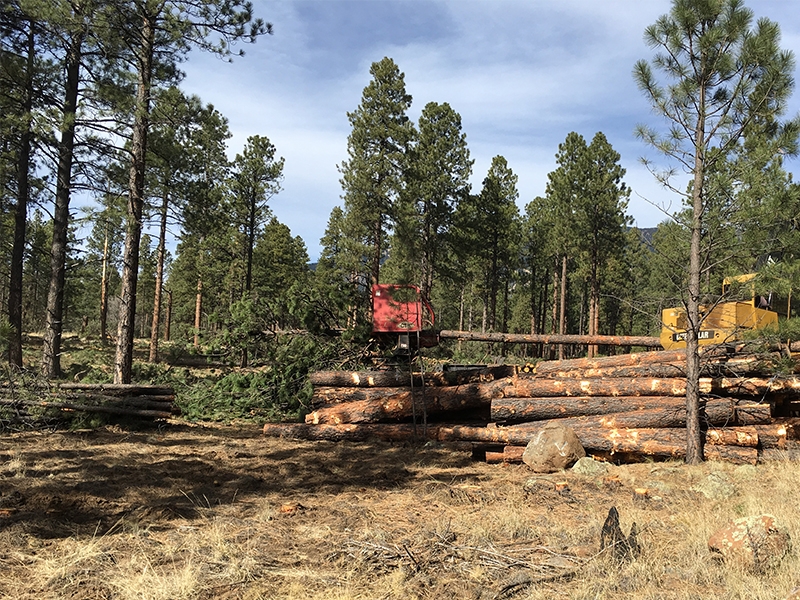Restored forests absorb more carbon
Numerous studies have been conducted on the long-range benefits of forest restoration. One such study concluded that quick restoration of forests means less fuel for wildfires and more carbon storage in the long run. Lisa A McCauley, a spatial analyst at the Nature Conservancy, will present the findings by her and her colleagues at a presentation at the Ecological Society of America’s Annual Meeting in Kentucky. The ESA is a nonpartisan, nonprofit organization of scientists that addresses issues such as natural resource management and ecological restoration.
Long range benefits to forest
They conducted their analysis based on restoration operations in northern Arizona, where the Four Forest Restoration Initiative (4FRI) has been working collaboratively to restore forests. I have visited the area three times since last November and have seen first-hand the enormous restoration work being done there. Here lies the largest contiguous ponderosa pine forest in the world, and untreated areas are thick with small diameter trees that would provide fuel for catastrophic wildfires under the right conditions. As many as 600 or even 900 trees are crowded together per acre, so a lightening strike can start a fire that can spread all too quickly.
Four Forest Restoration Initiative
The Four Forest Restoration Initiative (4FRI) is a collaborative approach to restoring forests across northern Arizona. Their program is ambitious and on a scale never attempted before, spanning 2.4 million acres. You can learn more about their work here.


